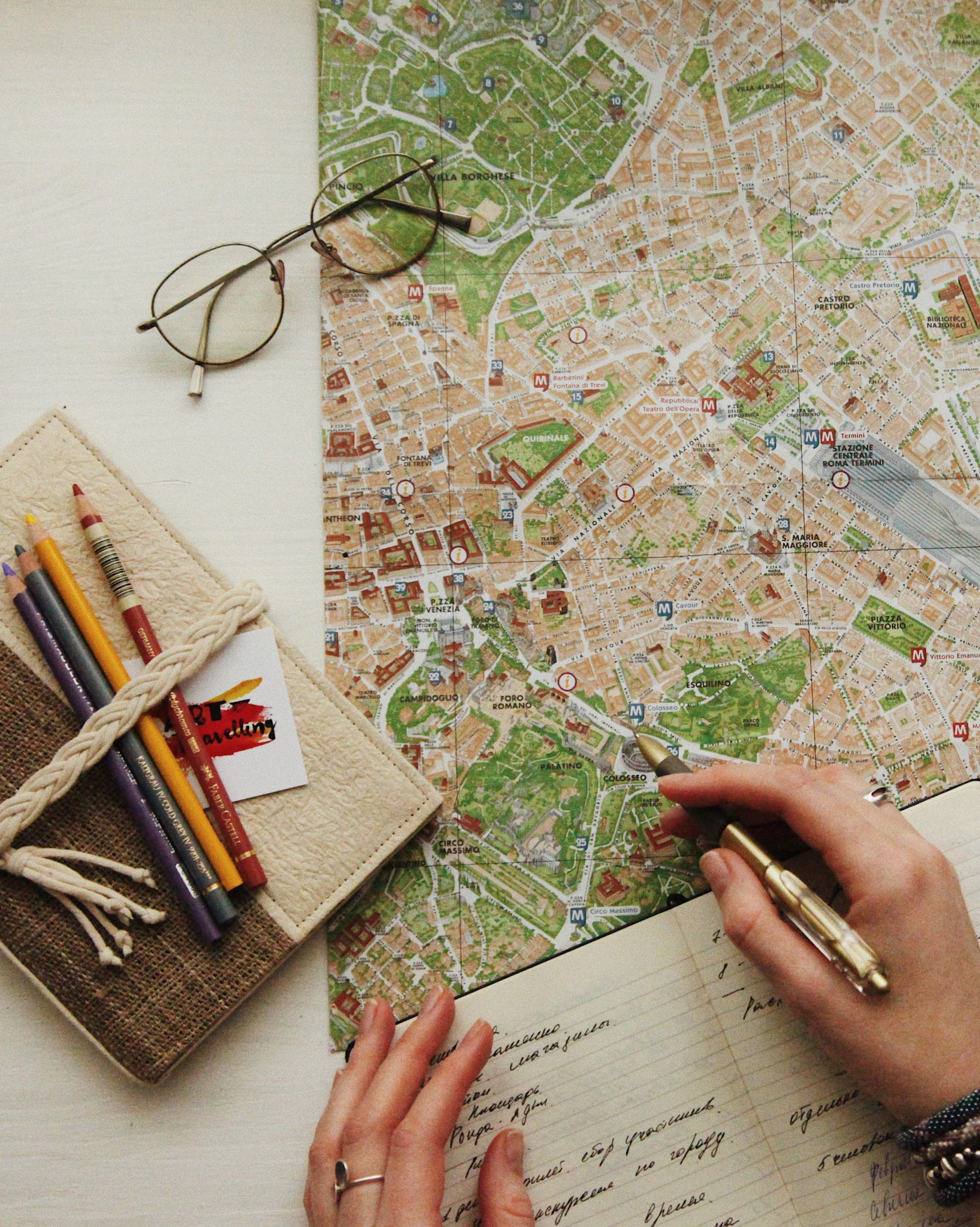19 Outlining Sample
Once you have your concepts and know how you are going to connect them, you can start to shape your essay by working on an outline. An outline can help structure your writing. Imagine that your outline is your travel plan for what you want to do on your vacation – you know which sights you want to see, which pictures you want to take, and where you want to go. Once you know this, you can then decide how you’re going to do these things: what do you want to visit first? How will you travel between destinations? How long will you stay in each place?
For your writing journey, an outline can help you answer similar questions: which concept do you want to discuss first? How will you travel between different concepts? How much will you write about each concept?
Your outline helps you plan and structure what you want to say and in what order you will say it. As your ideas develop, you may adjust your outline so that it better fits with the concepts you want to connect and the evidence you will use to support your ideas.
All academic writing adheres to three basic structural elements:
- an introduction (including backgrounding of the topic, a thesis or hypothesis statement, and an outline of how the information will be organised in the text)
- a body (the length of which will primary be determined by the word count of the assessment; may contain sub-sections)
- Note that the overall topic of the body paragraphs remains the same – Transit Services for Kwantlen University students. It is the controlling idea that changes with each paragraph e.g., time, distance, translink.
- and the conclusion (no new information should be introduced at this point; you provide a summary of your key ideas and arguments, drawing to a logical conclusion; usually includes a recommendation or prediction).
Using our example writing assignment, I can get started on my outline.
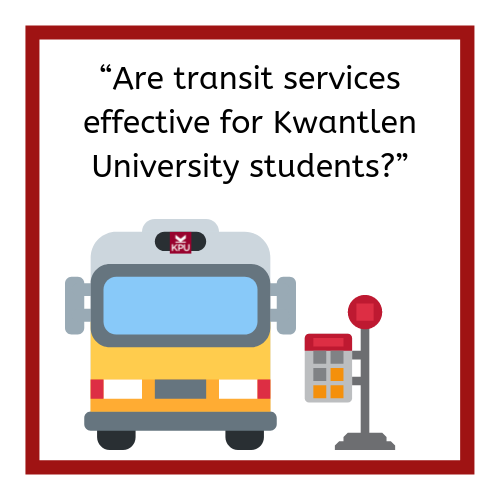
I’ll group ideas and concepts into paragraphs:
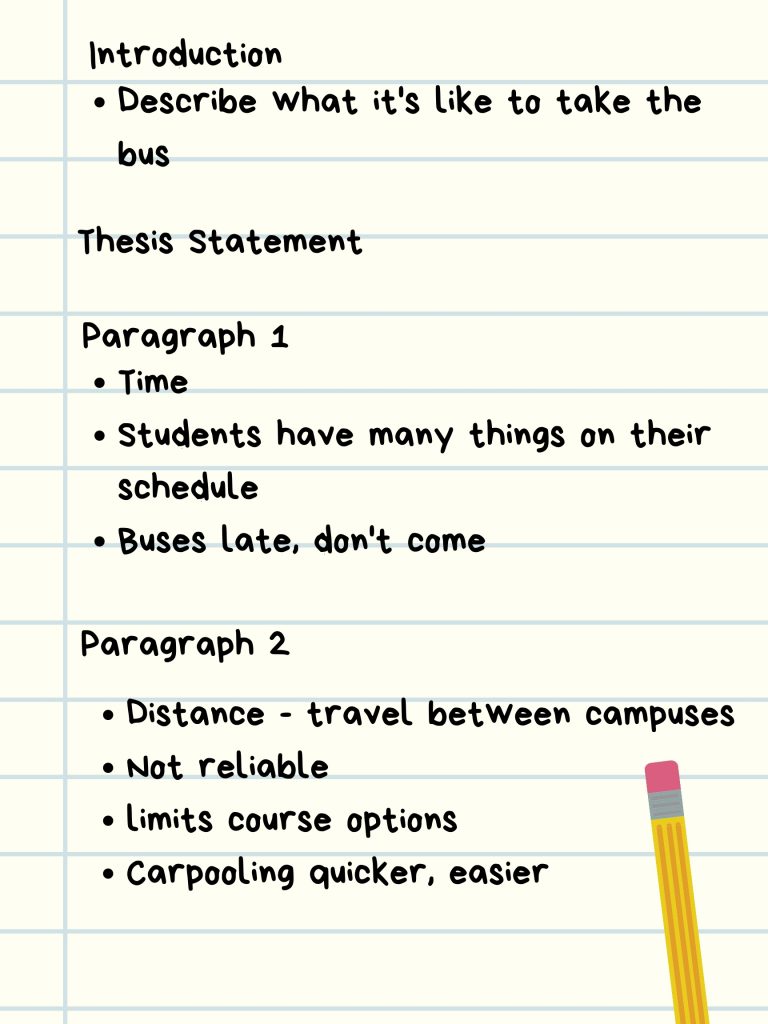
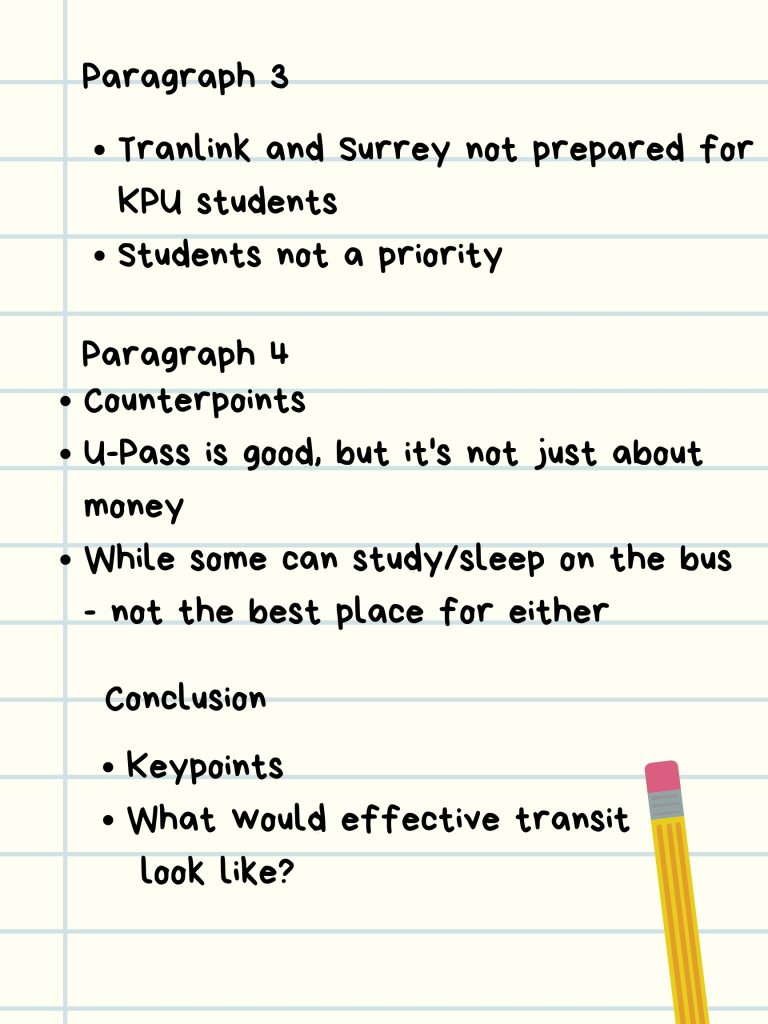
Right now, I haven’t written my thesis statement, but that will be my next step.
If you are an intermediate or an experienced academic writer, you might want to try creative graphic approaches to outlining.
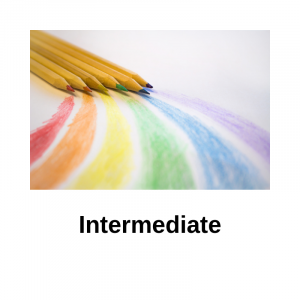

Below you can see an example of using text and drawing to organize key ideas and assess options when putting together a project.
controls, restricts, or limits what will be discussed in relation to the topic

